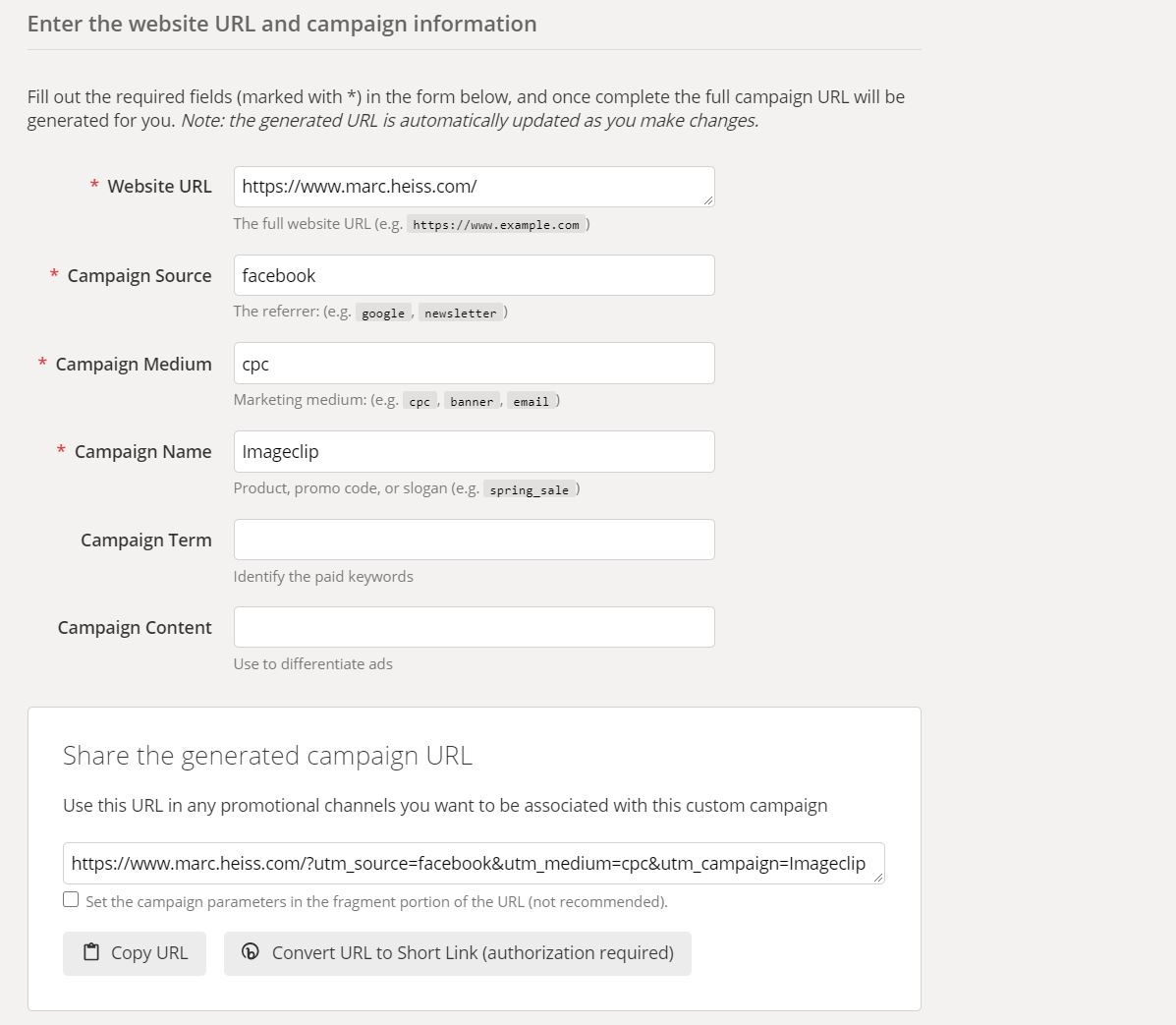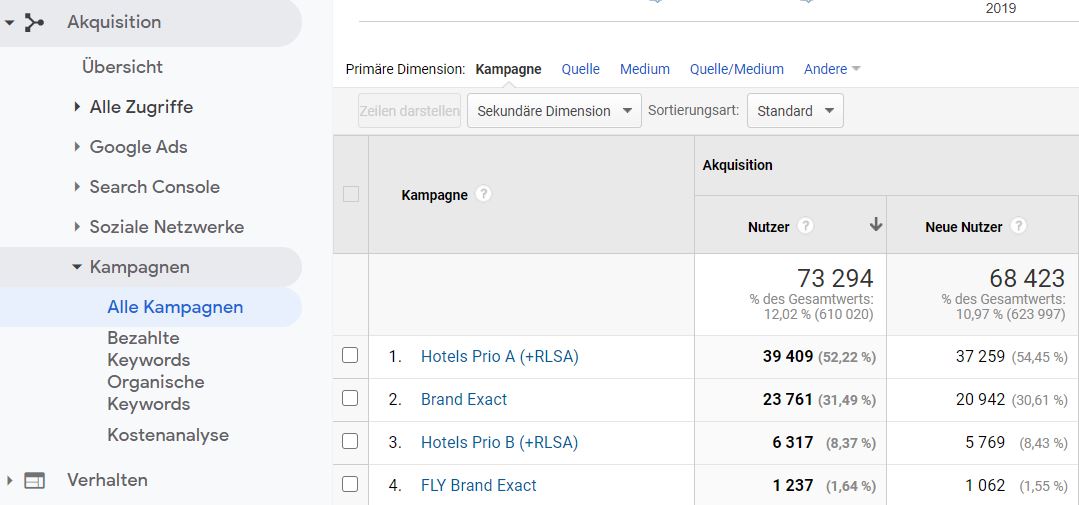For me, 100% customer satisfaction is both a concern and a promise to you."

Use UTM parameters correctly for your marketing campaigns.
UTM parameters are an essential part of online marketing, because UTM parameters allow you to track exactly where hits to your website come from.
You can use this knowledge to target users more effectively and generate even more traffic for your site.
What exactly UTM parameters are and how they are used, we answer in this article.
Tracking with UTM parameters is required to be able to correctly assign the accesses of advertising measures in Google Analytics. UTM parameters consist of 5 different parameters which are appended to the target URLs.
Using Google’s Campaign URL Builder tool, you can easily create URLs with UTM parameters for your campaigns.
In total, you can use five UTM parameters to define your campaigns, three of which must always be filled in and two of which can be selected optionally.
It is important that you name the Source & Medium parameters correctly to avoid finding different data in Google Analytics. Also make sure that a unique campaign name has been defined.
In the following graphic you can see a screenshot of Google’s UTM parameter tool.
All you have to do is enter the data in the fields marked with an asterisk and the corresponding URL with the parameters you use for your campaigns will be generated below.

https://www.marc.heiss.com/?utm_source=newsletter&utm_medium=email&utm_campaign=Promo-Header

This was the article about tracking with UTM parameters
Below you can find more interesting articles about web analytics & tracking.
Share article!

Author: Marc Heiss
Position: Management
Updated: 06.02.2021